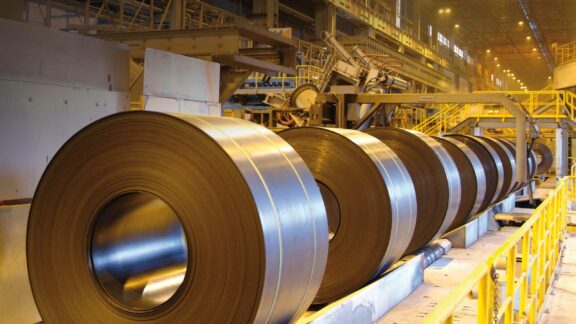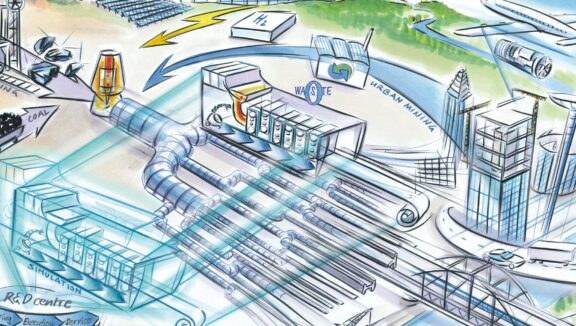This post is also available in: 简体中文 (Chinese (Simplified))
In a technology-driven steel market for automotive products, Primetals Technologies stands out as a leading supplier of new and modernized strip-processing lines. These lines are designed for a wide range of applications and feature the use of state-of-the-art technologies and systems. A number of future-oriented solutions for strip-processing lines are highlighted in this article.
Product quality is a fundamental performance factor of new plants that serve the market for high-end automotive steels, in particular for exposed automotive panels. To supply the best strip quality, process new steel grades and cut operational costs, Primetals Technologies offers a wide spectrum of advanced solutions for strip-processing lines. This includes the use of solid-state laser welders, pickling tunnel tanks, skin-pass mills and tension levelers, side trimmers, and a new generation of surface- inspection systems. All of these solutions are linked through global quality and process monitoring software to provide just-in-time warnings and root-cause analyses.
For perfect strip flatness, roughness, and elongation
Automated elongation machines not only provide the right flatness at the end of strip processing, but also at intermediate stages. For example, scale breakers are used to remove scale from the strip surface and to improve strip shape prior to pickling. Strip flatness is finally mastered in the exit areas of strip-processing lines where the latest skin-pass mill and tension levelers are applied (Figures 2 and 3).
Beside their classical function of managing both roughness and yield point elongation (YPE), skin-pass mills are essential for assuring highest strip surface quality for automotive applications. These mills are therefore usually designed as wet-type processes for lower rolling friction and to reduce so-called pick-ups. A high-pressure cleaning system is generally installed for the work rolls and backup rolls in addition to a mill exit rinse and strip dryer to achieve the best-possible surface quality.
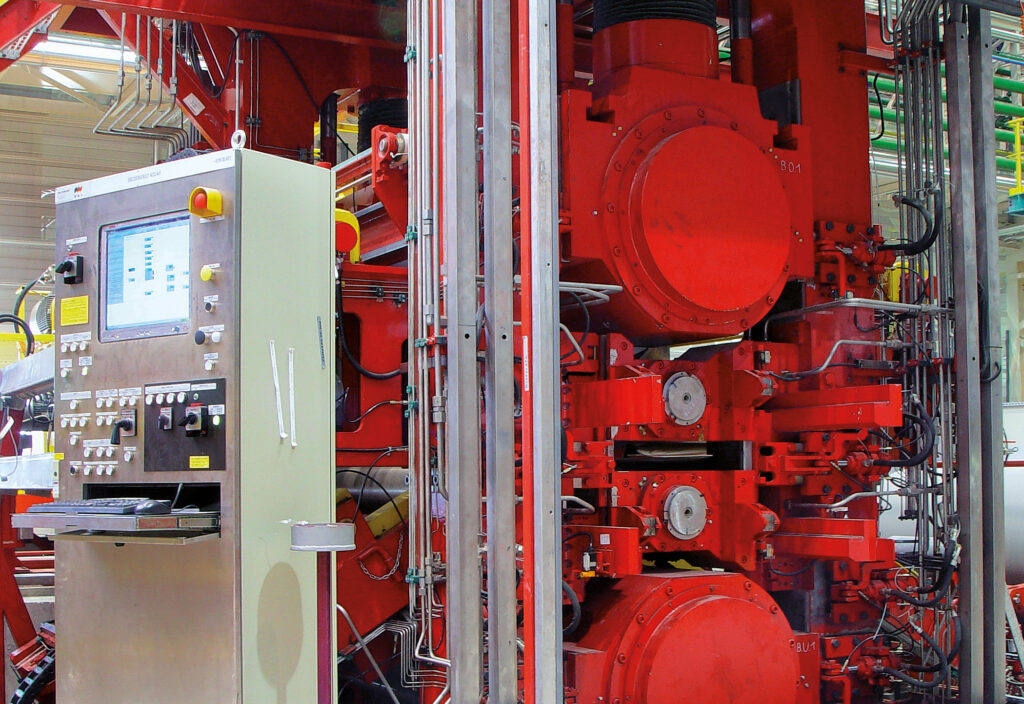
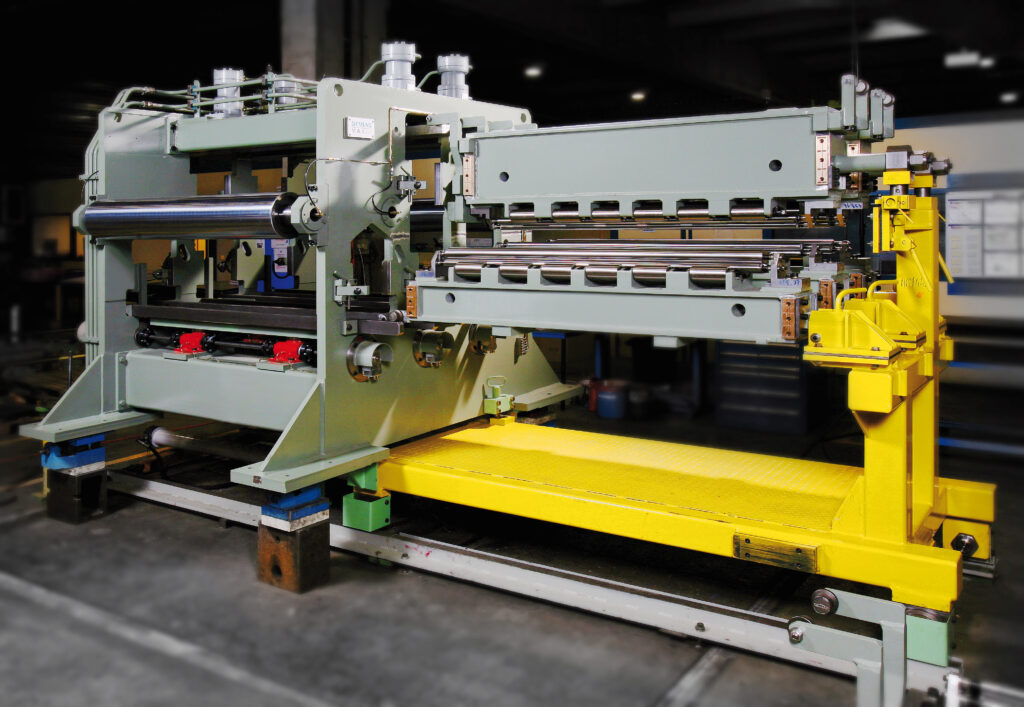
The tension leveler from Primetals Technologies is precisely controlled so that strip surface roughness imparted by the skin-pass mill is not affected. A new generation of tension levelers is now available to address the upper ranges of advanced high-strength steel (AHSS) grades. The levelers are characterized by high tensions and loads as well as by a roll configuration designed to minimize residual stress.
For outstanding pickled surfaces
To meet today’s most stringent surface requirements, including those for exposed panels, Primetals Technologies has recently developed a high-speed pickling process that ensures the production of the cleanest strip surfaces without scratches or stains. Scale breakers initially remove coarse scale from the strip surface, which allows a homogeneous acid attack along the entire strip length. This step also minimizes the risk of surface scratches that may occur during the pickling process. The strip then passes through a series of pickling tanks that are designed for precise strip guidance. The tanks include entry/exit spray headers and lateral injectors for high-quality pickled edges. The entire process is controlled automatically to provide the right acid level at very low line speeds without over-pickling. This capability to operate at lower line speeds while upholding high surface quality is particularly important in a coupled pickling line and tandem cold-rolling mill (PLTCM) configuration, as this accommodates longer rolling mill downtimes without the need to stop the pickling process. Cascade-type rinsing units feature a high-pressure final rinsing ramp for maximum strip cleanliness at relatively low water-consumption rates.
Strip surface cleanliness in annealing and galvanizing lines
In order to deliver the surface quality and strip cleanliness required by the automotive market, vertical-type accumulators, furnaces and electrolytic cleaning systems are commonly installed. A pre-oxidizing section in the furnace along with atmospheric control is required for higher steel grades with higher silicon and manganese contents in order to have the proper surface preparation for good zinc adhesion. The galvanizing pot area, which primarily determines the planned line stoppages and resulting production bottleneck, is carefully designed to minimize operational disruptions and to safeguard the production of uniform, consistent and defect-free coatings. This is made possible by precisely maintaining the targeted temperature of the coating metal melt, its chemical composition, and the metal bath level in the galvanizing pot to reduce or eliminate dross generation. Automatic or semi-automatic dross removal devices can be installed to substitute both demanding and hazardous manual work.
Advanced process-monitoring systems
Attaining the required steel quality for automotive applications is the result of a series of successive steps along the metallurgical route, from meltshop to the processing line. Each step can have a major impact on final product quality. Focusing on downstream processes is not sufficient to guarantee complete fulfillment of quality specifications. Sophisticated monitoring systems from Primetals Technologies are therefore offered for various process stages, as follows:
- SIAS automatic surface-inspection system
- PropertyMon for non-destructive, real-time, inline measurements of the mechanical properties of strip material
- Other closed-loop, process-optimization systems and product-quality tracking gauges or sensors
Drawing on the experience acquired in dealing with massive volumes of data and to assist producers in the daily operation of a processing line, Primetals Technologies has developed advanced software tools. These include TCOptimizer (Total Condition Optimizer) and TPQC (Through-Process Quality Control) that provide just-in-time warnings and root-cause analyses. These tools collect data and signals from all parts of the production chain. This information is embedded in a business rule management system (BRMS) that is based on simple logical expressions and decision trees to allow non-IT specialists to handle the incoming signals, as well as to manage the generated relevant-only manufacturing events and just-in-time warnings.
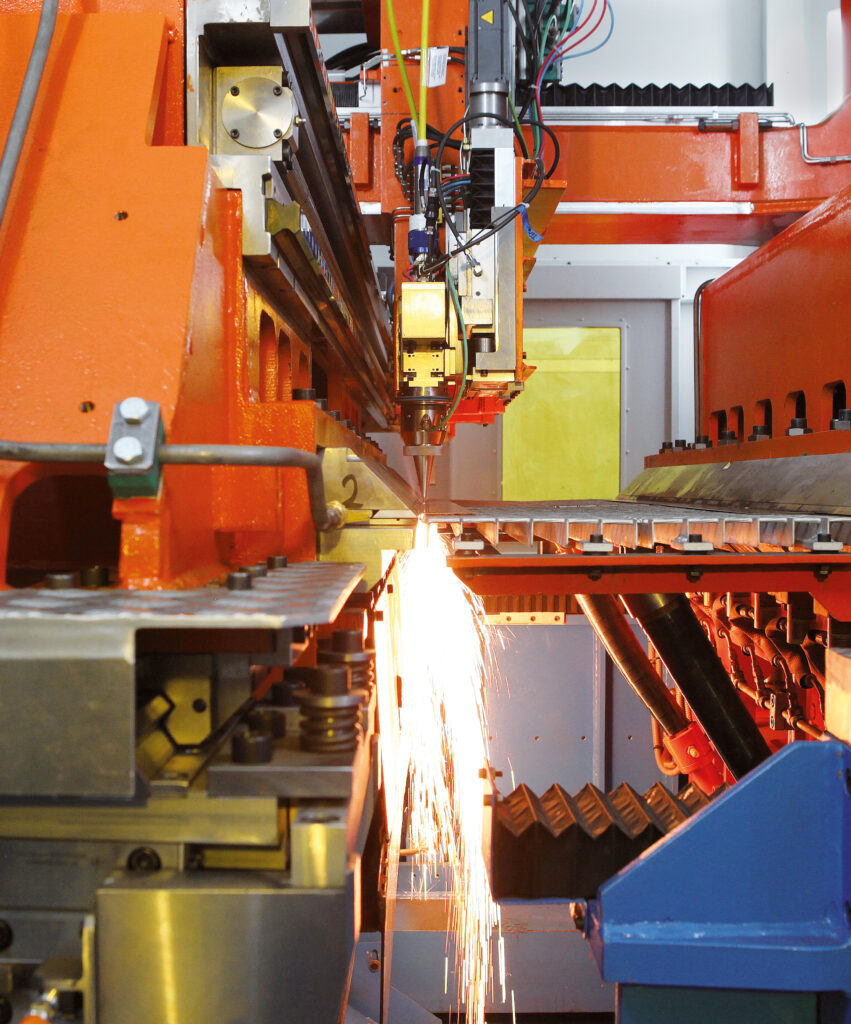
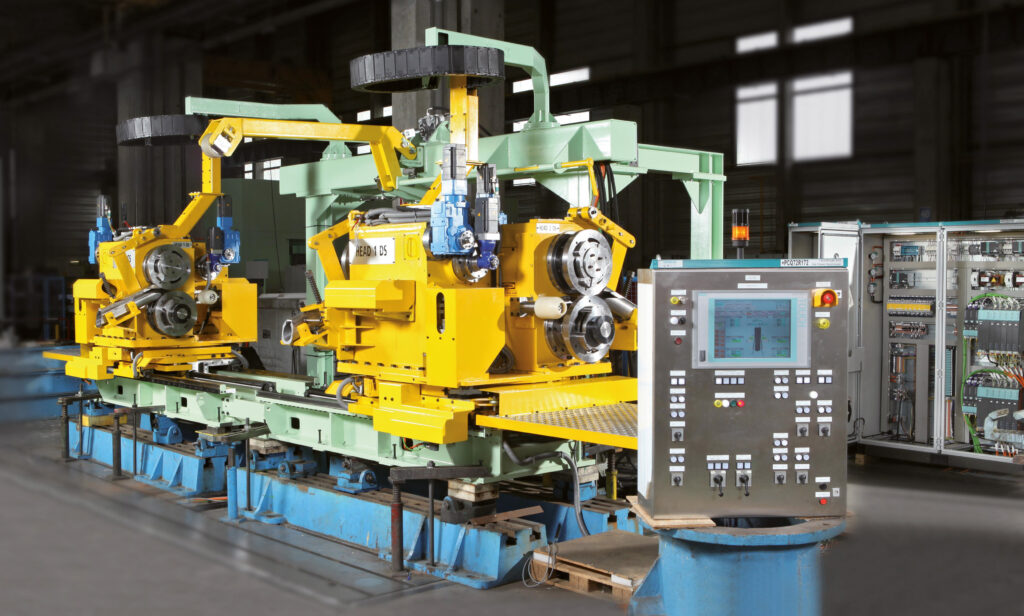
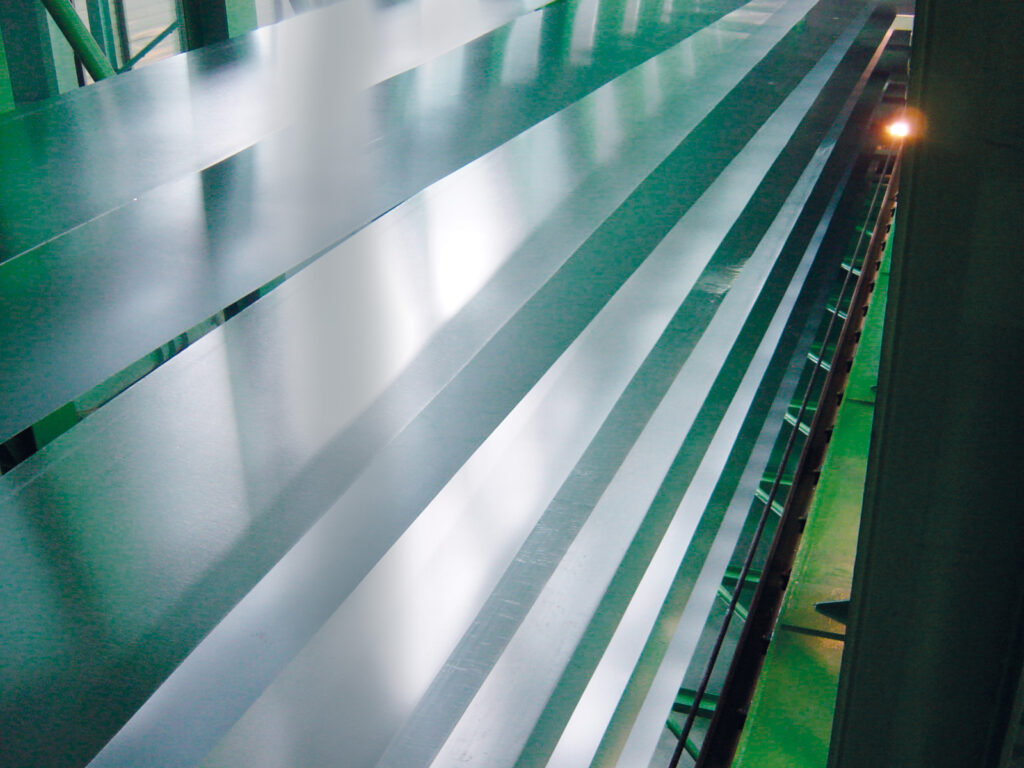
Other key process equipment items
Sustaining high strip quality levels requires carefully managed, stable and reliable processes. This is supported by a variety of additional solutions from Primetals Technologies, such as:
- Strip welding, which allows a continuous production mode to be applied. The latest fiber-based, solid-state laser technology (Figure 4) makes welding possible for every grade of automotive steel. A recent highlight was achieved with a full laser cut and weld solution. Already fully proven on continuous annealing lines and continuous galvanizing lines, this technology is now available for PLTCM and other continuous strip-processing lines with strip thicknesses up to 6.5 mm. Preheating, post-annealing and weld quality are integrated to achieve the near-zero weld breakage ratio required by a modern production line.
- Side trimmer with dynamic width adjustment, which no longer stops at strip transitions. This eliminates the risk of mill roll marking and thus contributes to productivity gains through the avoidance of notching (Figure 5).
Lifecycle partnerships for next-generation steel grades
The automotive market remains a clear trendsetter in the development of new steel grades. Primetals Technologies offers a complete spectrum of solutions and services for this market, including metallurgical know-how support and steel grade development assistance. Additional services offered in this regard comprise the use of a mobile surface-inspection system for specific test campaigns; physical simulators for the development and optimization of rolling, leveling, annealing and galvanizing processes; and metallurgical simulation tools and models – all backed by services from in-house experts. Strip-processing lines from Primetals Technologies are distinguished by their state-of-the-art technologies and systems that address the latest market requirements, and which support producers to quickly respond to tomorrow’s challenges (Figure 6).

